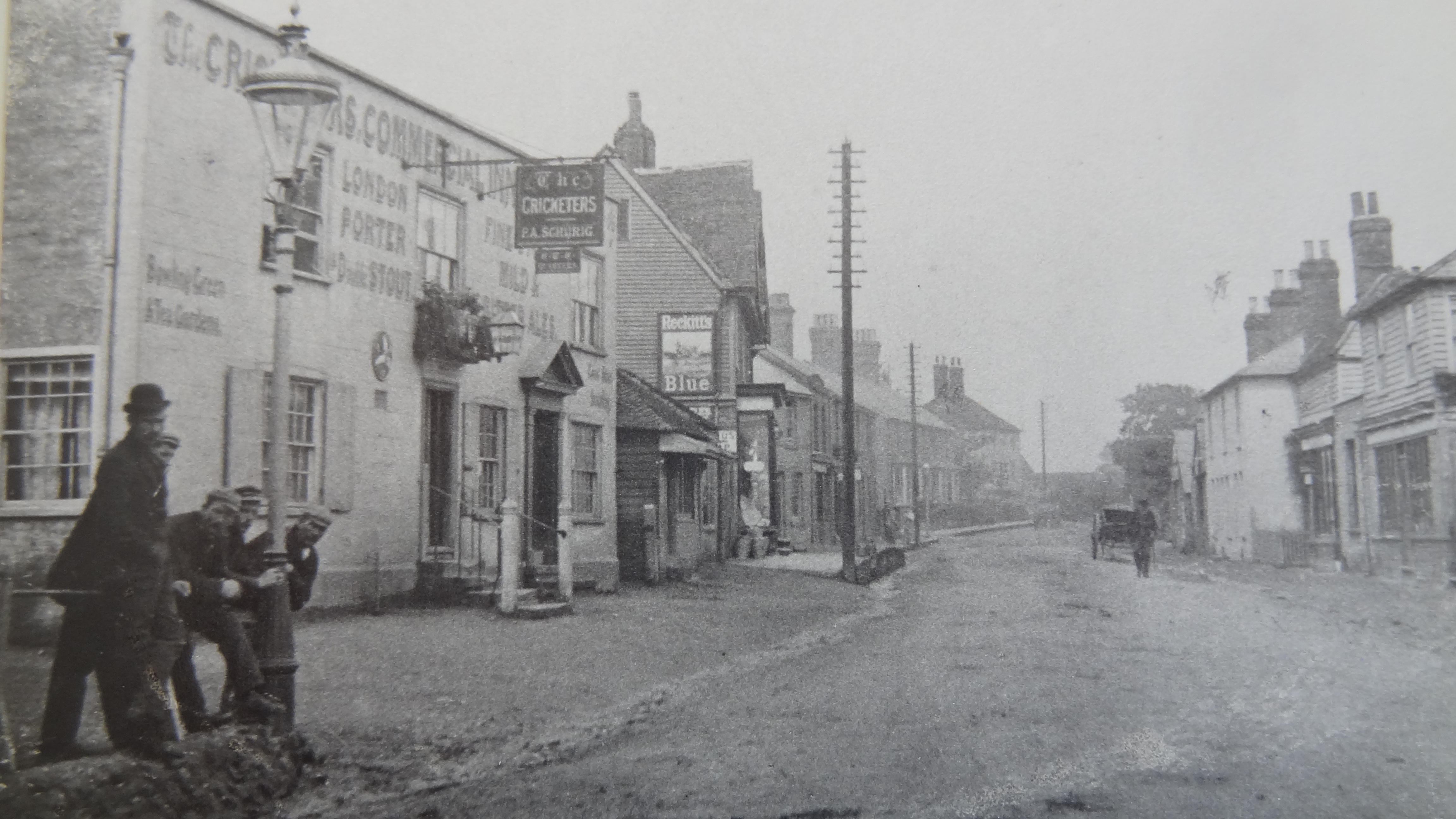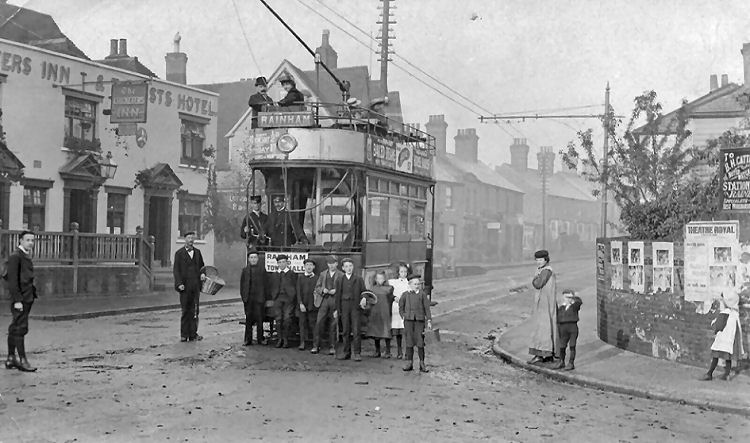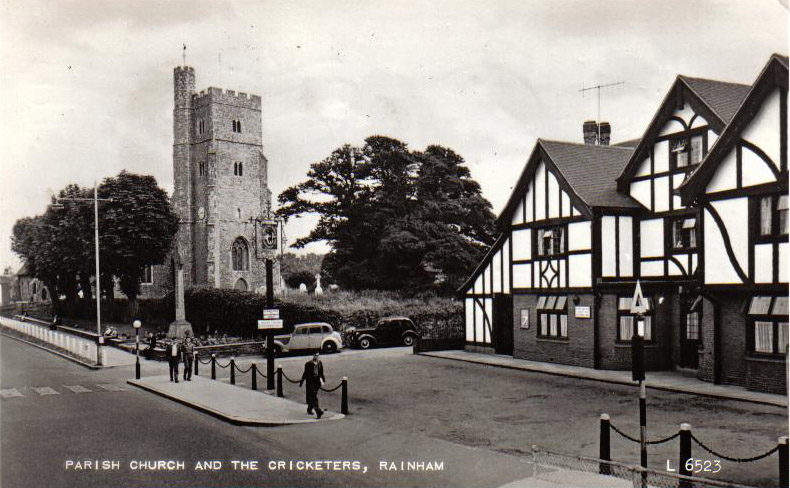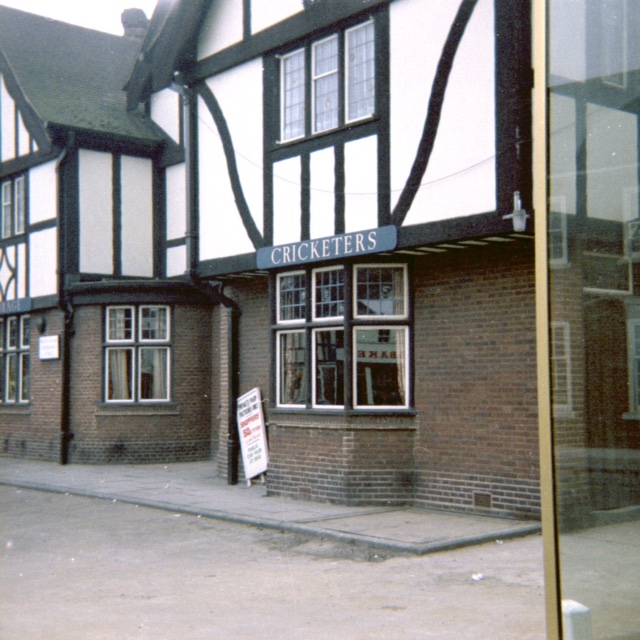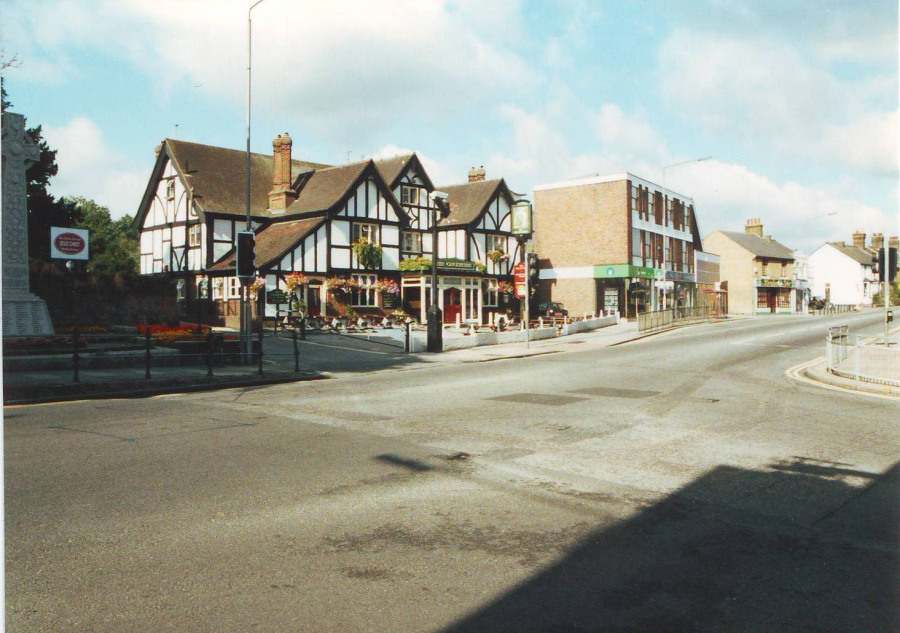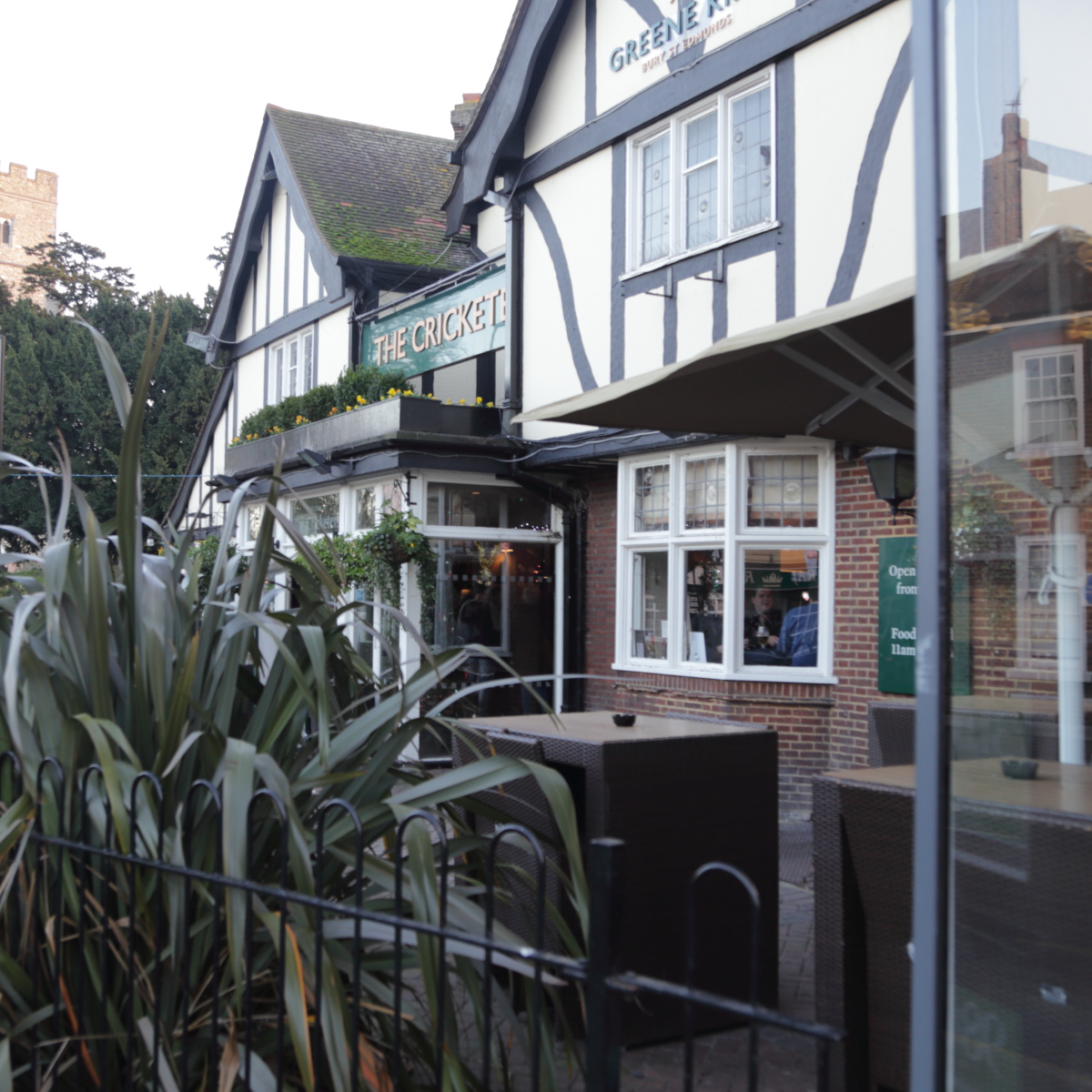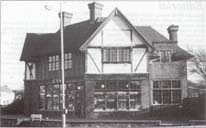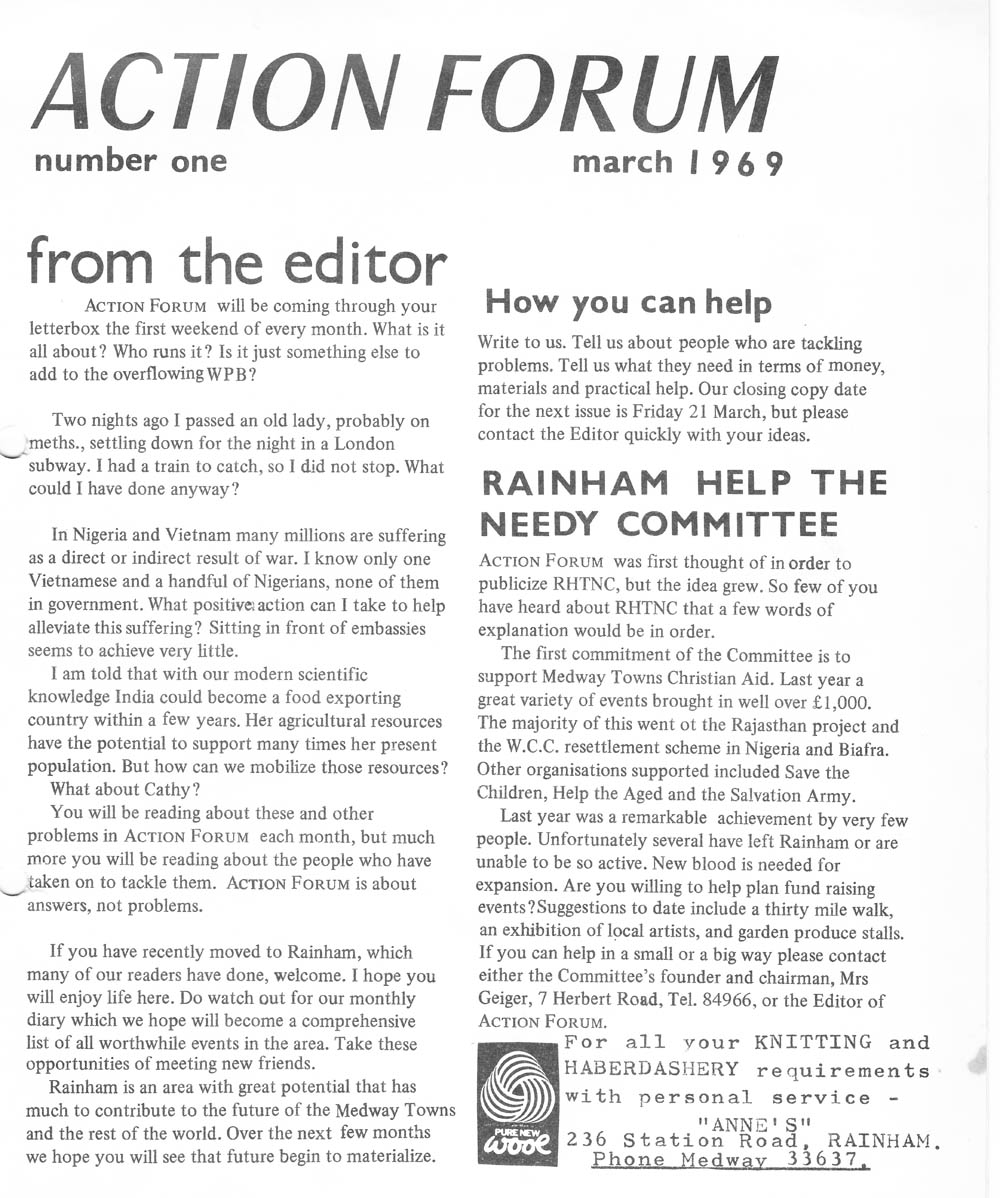Walking along Woodside by Geraldine Tomlin
Woodside has always been a very busy road. In 1912/1914 land was sold off in plots of 200ft x 40ft costing £25 per plot and the road "made up" in 1925/1926 by Milton Parish Council.
Photo below taken in 1946 of Cheryl Domoney in the front garden of 28 Woodside looking into the street and houses opposite, numbers 29 Woodside (semi-detached house) and 31 Woodside (Bungalow).
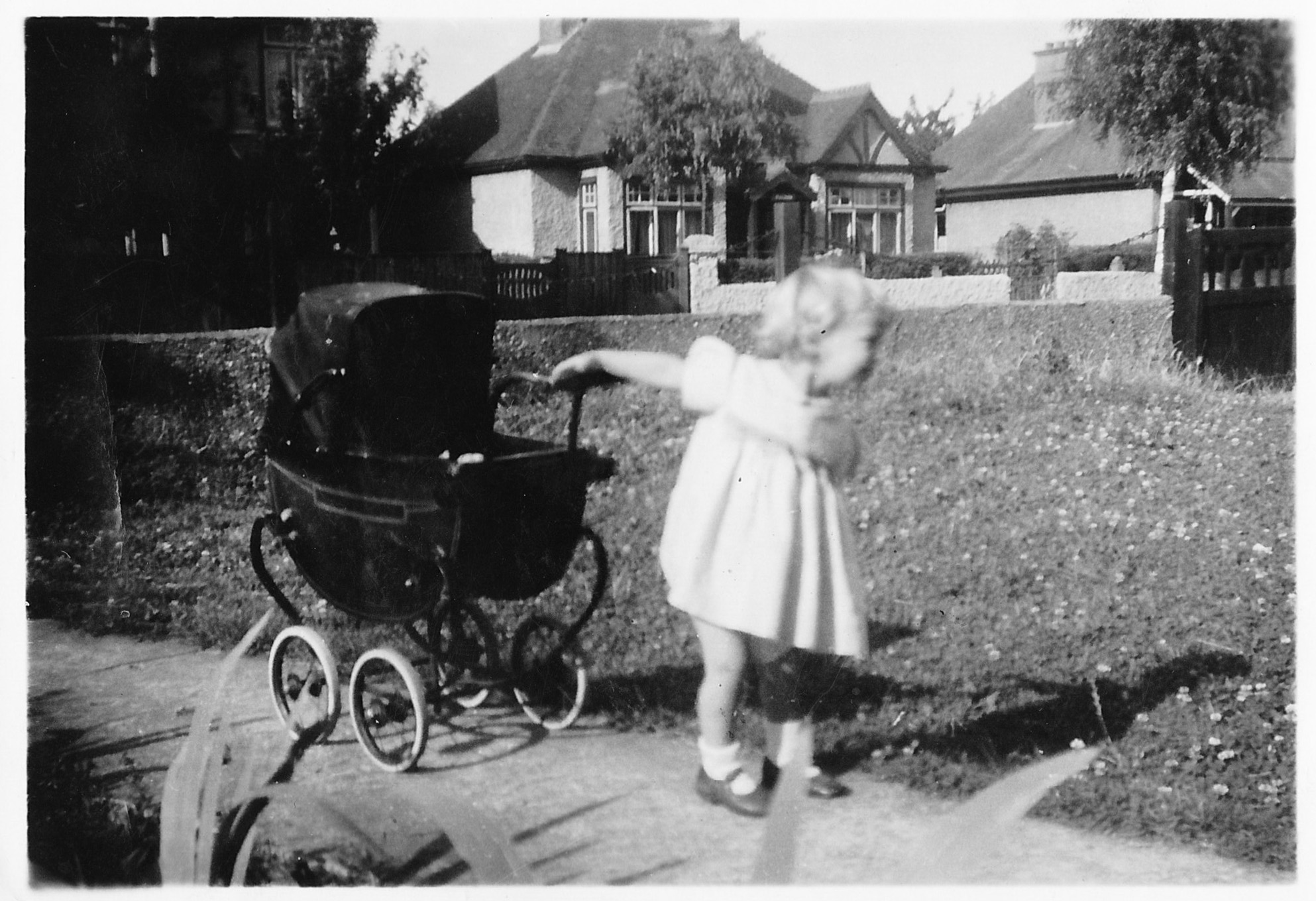
The corner house at Hoath Lane was originally a stopping-off tea place for townpeople coming to their country plots. It later became a green- grocers. Opposite, was waste ground before the Spyglass was built in the ‘30s, and a few doors down a tennis court where players could also get icecream. Fruit trees covered most land along to Bredhurst Road and on that corner 'old iron' was collected for the war effort. Opposite was a house called The Parsonage, where the Priest-in-Charge of the Mission Hall lived. On the west corner of Springvale a small building sold fresh fish, later becoming Beale’s butcher's. We had a resident policeman and his family living on the south side of Woodside. The Smallholders Club, a well -known institution, was originally for exchanging or selling home-grown produce, hence the name. The first building was a tin shed, before Springvale was developed.
The Post Office, another well-known place since the early ‘30s, also sold petrol and paraffin oil. It was small but had all sorts of pots and pans hanging from the ceiling. Sweets in glass jars were ready to be weighed up - "An a'peth of those, please" (an a'peth was a halfpenny, pre-decimal). Some bought a farthing’s worth (quarter of an old penny)! It was always busy and friendly, as it is today. Along a little further, a footpath stretched from Woodside to Durham Road known as 'the six foot pathway' - said to be six foot wide… and very muddy! Opposite the Post Office was St Matthews, originally built as Wigmore Mission Hall in 1925. It’s beautiful sanctuary in dark oak opened up on Sundays to become the church. This was modernised with lighter-coloured wood around 1935-1937 (the carpenter lived in Springvale), but with a growing population it was necessary to extend out front in ‘52. Now the Howard Memorial Hall, it is the Lodge of the Masons and St Matthews
relocated to Drewery Drive.
Towards the Queen's Head, north side, a family opened up their front room as a general store and a little further along was a nursery full of produce in greenhouses, the owner living in Maidstone Road. On Woodside's south side, where the Osteopathic clinic now is, the front room held a Haberdashery, somewhere I loved and the next door garden was full of daffodils every year. The site of the Queen's Head was another patch of waste land, opposite was a shop which became Tarry's and there was a red telephone box at either end of Woodside. I have lived here for 93 years. In my younger days there weren’t many residents but everybody knew everybody. Modern Woodside is so different but we have a, much needed, pedestrian crossing thanks to our Mayor.
Let us know what I have missed out!


















































































































































